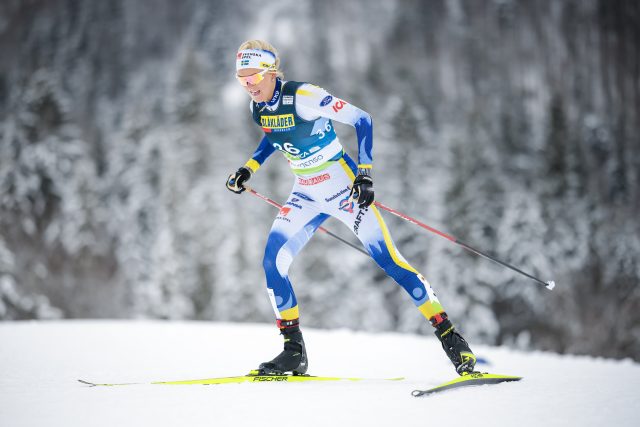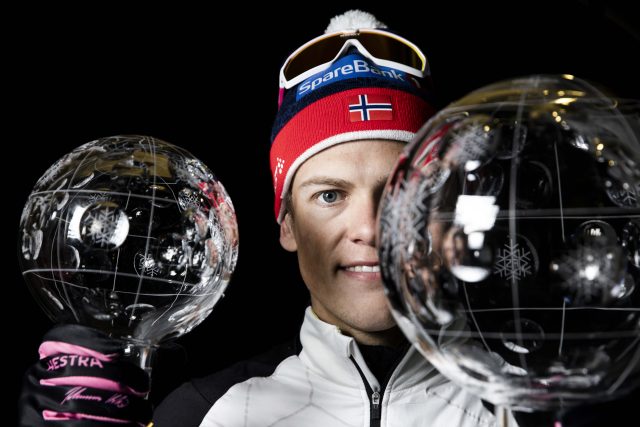
Illness can deal a fatal blow to an athlete’s season at any level. The new points system in the 2023 World Cup showed how missing a race can impact the points standings and seems to promote participation, the pros and cons of which are debated elsewhere. Points and other pressures create immense pressure on athletes to race: for some, their career is on the line, for others prestige, years of hard work, or real or imagined pressure from coaches, parents or peers or themselves impact the decision to race. These pressures lead to wishful thinking that the illness will be mild or won’t develop into something that impacts training or racing. Athletes are taught to be positive: it’s a cornerstone of sport psychology and is extremely beneficial when used to improve self-esteem, and minimize self-doubt. However, when it comes to illness, it often creates a scenario that puts athletes in a position to minimize and try to hide their illness in the name of positive thinking.
“There has long been a culture of hiding illness (pretending that you don’t have a sore throat or a runny nose or a cough, and going about our day as if nothing is wrong). Although mild symptoms may not need to drastically impact our exercise plans, I am hopeful that society will continue to evolve to change social practice. Regardless of whether we’re dealing with covid or any other infection, if I have a sore throat or runny nose or cough, I will minimize close contact with other people. I will skip the handshake. I will wear a mask when around other people. These recommendations are not rocket science. but society has rarely been good at putting them into practice consistently. And out of respect to ourselves and to others, we can do a better job at reducing the spread of infection.” Jesse Coenen, MD.

During the beginning of the COVID-19 pandemic, infection-prevention strategies were at the forefront of everyone’s mind. Many of these strategies were not new: among athletes and teams, strategies designed to minimize infection—like hand hygiene and distancing—were commonplace even before the pandemic. The use of masking was new to most Americans. This strategy has been shown to be effective and continues to be used by those trying to do their utmost to stay healthy.
In a recent discussion with Jesse Coenen, MD a physician with the U.S. Cross Country Ski Team he discussed the importance of infection prevention. Obviously, skiers attempt to avoid infection as much as possible, especially because most of the infections that are impacting racing and training are virus and are difficult or impossible to treat. The use of vaccination, hand hygiene, strategic isolation and masking are the best avenues to limit exposure and illness, and the team employs each of these strategies. Still, it’s impossible to entirely eliminate risk of acquiring infection if any time is spent in public, and it can be frustrating knowing that not everyone else is as diligent about infection prevention.
Each infection can vary in duration from 1-2 days to 1-2 weeks. The severity of the infection can also vary from mild, usually associated with congestion and sore throats to severe with fever, muscle aches and myocarditis. With the risk of severe symptoms and weeks of recovery preventive measures are all the more important.
When an athlete is ill, the questions of what should I do for training is one of the first asked. Minimizing the interruption the illness causes to quality training days is the priority. Training with an illness and going through the motions is not helping an athlete improve and often makes that illness linger or become more severe. The old adage if it’s above the neck you can train and if it’s below the neck you should rest hold pretty true. Fevers are the main exception to this “rule”. Most often it is best to recover fully before resuming training as not to cause the infection’s symptoms to drag on. This advice is often challenging for many athletes to follow because it feels unproductive to take time off.
When training is the right plan programming light endurance training, preferably outside to support physical and mental well-being. Activities such as very easy cross-country skiing or walking are excellent ways to achieve this. Often these sessions will last between 10 and 30 minutes. Low intensity strength work such as light yoga or core strengthening exercises can also be programmed until symptoms subside.
Since there are not many effective ways to treat and train through illness, prevention remains the best tool for protecting an athlete’s ability to train and compete. The focus on hand hygiene, vaccination, masking, and strategic isolation when ill are the best ways to remain healthy and able to race.
Jason Kask
Head ski coach at the College of St. Scholastica and owner and operator of Superior Performance, Jason Kask is a coach certified through United States Ski and Snowboard, and a Certified Strength and Conditioning Specialist (CSCS).



